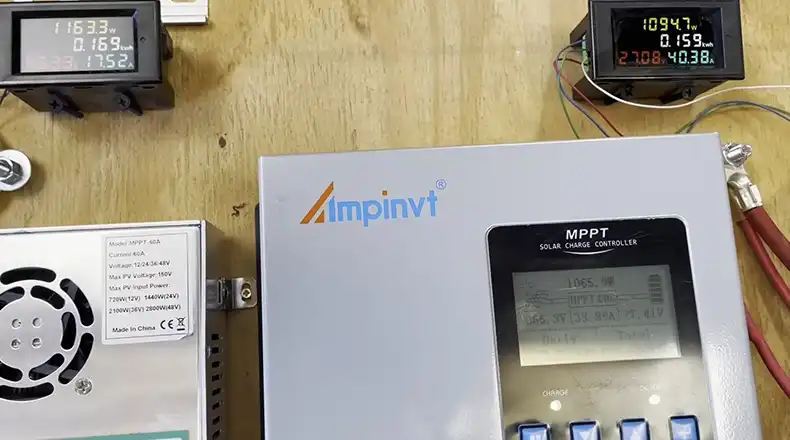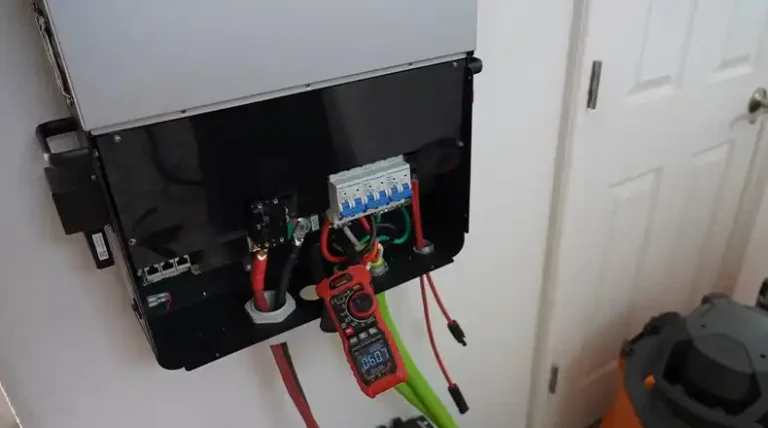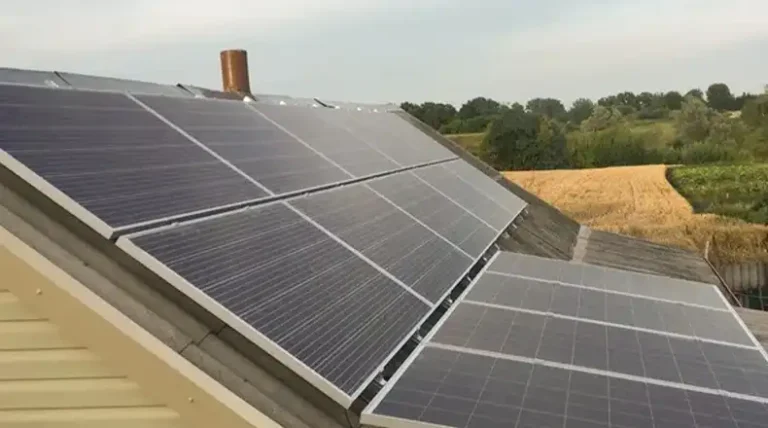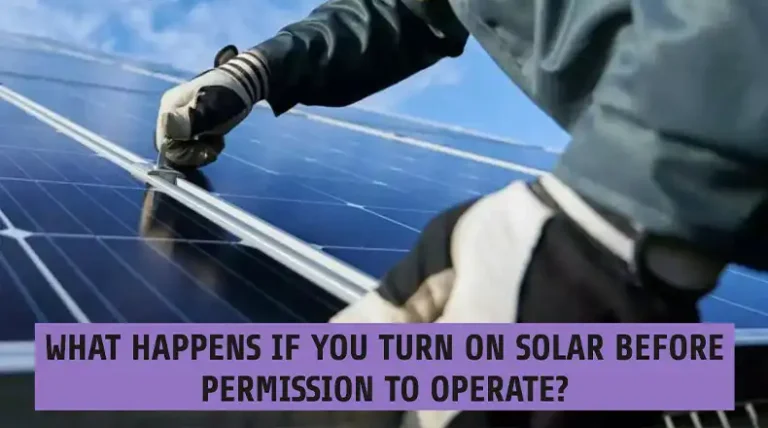Solar Charger Showing 60V | Ultimate Explanation
If a solar charger is showing 60V, it is either displaying the voltage (V) at the solar panel’s output terminals when it is connected to a load or measuring the open-circuit voltage (Voc) of the solar panel when one is not. Depending on the situation and the specifics of the solar charger and the solar panel it is attached to, this voltage measurement could mean a variety of things.
The current drawn from the solar module array and the system voltage are used to size and rate solar charge controllers. 12, 24, and 48-volt controllers are the most popular. Normal ampacity values range from 1 amp to 80 amps, with voltages between 6 and 600 volts.
We’ve discussed all varieties in this article.

What Does It Mean When Solar Charger Shows 60V
A solar charger uses energy captured from solar panels to power batteries or electronic gadgets. It controls the solar panels’ power production and makes sure that the batteries or other connected devices are charged with the proper voltage and current. There are a few things to be aware of if your solar charger displays a voltage of 60V. The list is given below.
1. Solar Panel Voltage
The majority of solar panels are made to produce a higher voltage than is generally required to directly charge batteries or other electronic devices. Depending on its design and size, a typical solar panel’s voltage can range from about 12V to 36V or more. Multiple cells connected in series can result in higher voltages in some panels.
2. Open Circuit Voltage (Voc)
The voltage you observe may be the solar panel’s open-circuit voltage (Voc). The voltage across the solar panel’s terminals when it is not connected to a load is known as the open circuit voltage. When the panel is loaded, the voltage measured will be lower than this value.
3. Load Voltage
If a load (such as a battery, charge controller, or electronic device) is connected to the solar panel, the voltage will probably drop to a level that is closer to the panel’s rated voltage. The voltage will change as a result of the load-drawing current from the panel.
4. MPPT Charge Controllers
Solar panels are frequently combined with a Maximum Power Point Tracking (MPPT) charge controller to charge batteries or other devices. By regulating the load on the panel, MPPT controllers maximize the power production from the solar panel and can step down the voltage to meet the needs of the battery or device.
5. Analysis
Let’s look at a schematic of a solar panel with the following features,
Open-Circuit Voltage (Voc): 65 volts
Short-Circuit Current (Isc): 5 amperes
Series Resistance (Rs): 0.2 ohms
We need to figure out the solar panel’s voltage output when it is connected to a load.
Using the equation,
V = V_oc – I × R_s
When the circuit is open (no load is attached),
V_oc = 65 volts
Since the circuit is open, I equals 0.
R_s = 0.2 ohms
V = 65 – 0 × 0.2
V = 65 volts
When the circuit is open, the voltage (V) across the solar panel’s terminals equals the open-circuit voltage (Voc), or 65 volts.
Under Load
Assume that the load that is connected to the solar panel draws 3 amps of current.
I = 3 amps
R_s = 0.2 ohms
V = 65 – 3 × 0.2
V = 65 – 0.6
V = 64.4 volts
The voltage across the solar panel’s terminals (V) drops to roughly 64.4 volts when the load draws 3 amps of current. With the help of this example, you can see how a solar panel’s voltage output changes when a load is connected to it. The internal series resistance (Rs) results in a voltage drop as the load draws current, causing the voltage to decline.
So, when a solar charger shows 60V, it is either measuring the solar panel’s open-circuit voltage (Voc) while there is no load connected or it is showing the voltage (V) at the solar panel’s output terminals when a load is connected.
Is a Solar Charger’s 60V Dangerous?
If handled improperly or if the solar charger is not made for such voltages, the voltage output can be harmful. It’s crucial to take the appropriate safety precautions and employ high-voltage equipment.
Conclusion
If your solar charger is showing 60V, that means the solar panel connected to it is producing that voltage. The voltage under load or the open-circuit voltage (Voc) could be shown by the reading. It is essential for safe and effective solar energy usage to comprehend the meaning of the reading and to ensure optimal compatibility with the charger and connected devices.

![[Explained] Solar Charge Controller Settings For AGM Battery](https://www.itekenergy.com/wp-content/uploads/2023/08/Solar-Charge-Controller-Settings-For-AGM-Battery-768x428.jpg)





